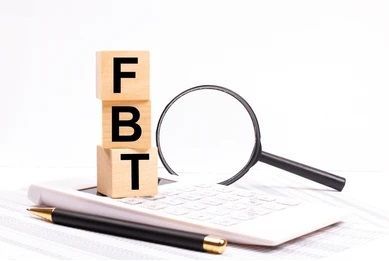Best Practices in Tax Planning for Business Leaders
Here are some guidelines to help business leaders manage their tax affairs in conjunction with their Accountants. Effective tax planning helps minimise tax liability, ensure compliance, and improve cash flow.
Put Tax on the Leadership Agenda
Waiting until the end of the financial year limits options. Start early and actively engage in tax planning. Develop a tax strategy which is aligned with your current financial situation and goals.
Develop a Tax Strategy
Your tax strategy provides guidelines on how you manage tax. It includes:
- optimising the business entity structure to align with your financial goals and minimise tax
- making accurate tax forecasts to avoid underpayment, penalties and interest
- capitalising on tax credits, deductions, income splitting, tax deferral, tax-advantaged accounts and exemptions where these are legitimate means of achieving tax efficiency
- a schedule of compliance requirements and deadlines to avoid penalties and audits
- scenario planning for decisions such as taking on debt, making investments or purchasing assets
Stay Educated
Business leaders need not be ‘tax experts’… but a rudimentary understanding helps. That includes:
- being aware of tax laws (as they evolve)
- delaying income or accelerating deductible expenses to manage taxable income
- understanding available tax credits and deductions specific to your industry or location
Use Technology
Accounting software (especially cloud technology) helps to track (and forecast) income, expenses, and taxes. Automation streamlines record keeping, improves accuracy and saves time. Implement systems which simplify record keeping.
Take a Long-term View
An upcoming tax deadline requires planning but effective leaders think long-term, even beyond the current financial period. Decisions taken today can save huge amounts in tax years or even decades later. An example is Retirement Planning, where contributions to certain plans can be tax-deductible and secure your financial future.
Consult with Experts
Consult with your Accountant who understands your industry or business structure. Meet year-round rather than waiting until tax season, which limits the strategies available. Be aware that tax laws change frequently and research may be required, especially on complex matters.
Have the confidence to ask questions on tax. There are no ‘bad questions’ and tax can get complicated. Your Accountant will help you minimise risk while availing yourself of all benefits under tax laws.
A little time spent on (early) tax planning will ensure you have certainty on all tax matters… so you can focus on building the business!
More GTP Articles






